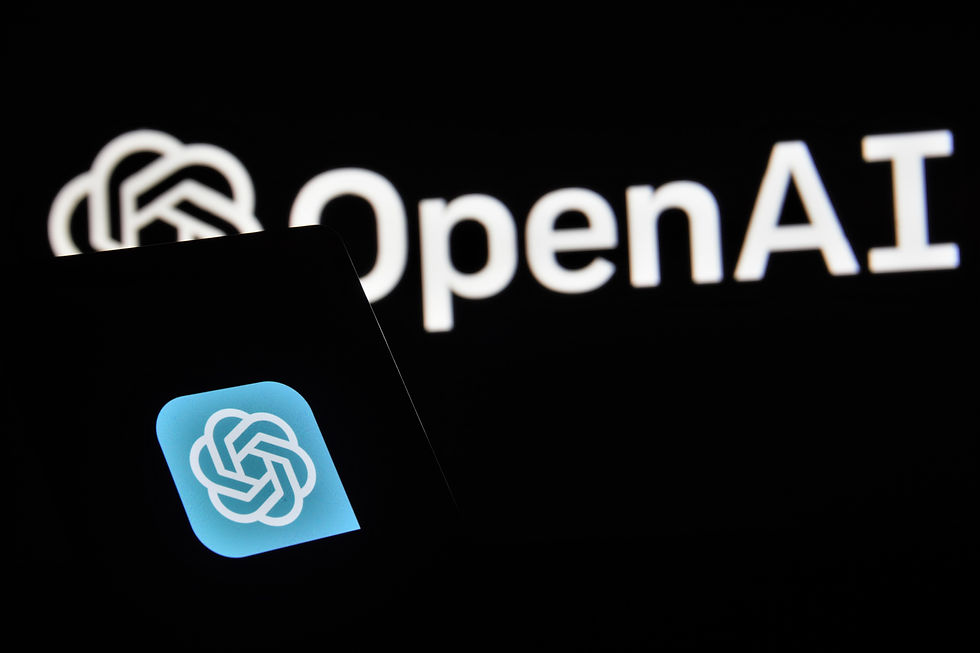The world of artificial intelligence (AI) offers tremendous opportunities for Dutch companies. The Dutch government supports this innovation through the MIT AI subsidy. In this blog, we explain what the MIT AI Subsidy is intended for and what you should pay attention to when applying for this subsidy."

The MIT AI subsidy is part of the Small and Medium-sized Enterprises Innovation Stimulation Regional and Top Sectors (MIT) program, aimed at supporting R&D collaboration projects in AI. Therefore, this subsidy is intended for SMEs that collaborate on the development or innovation of products, production processes, or services with a focus on AI.
Criteria and Conditions for Projects within the MIT AI Subsidy
Machine Learning Focus: Projects submitted for the MIT AI subsidy should concentrate on the use of machine learning techniques. This includes demonstrating the challenges and innovations in the development of these technologies and their applications in specific sectors. The broad applicability of the developed technology is important here.
Focusing on machine learning (ML) is an essential aspect of the MIT AI subsidy, where projects are assessed on their ability to develop challenging and innovative applications of machine learning. This focus includes:
Technological Challenges and Innovations in ML: Projects eligible for this subsidy must focus on developing advanced machine learning techniques. This may include supervised learning, unsupervised learning, and reinforcement learning. The key aspect here is to demonstrate the challenges in developing these technologies and how they contribute to new applications in specific sectors.
Application Areas and Sectors: The MIT AI subsidy encourages projects that focus on applying machine learning in various sectors, such as energy and sustainability, health and care, and the technical industry, among others. These applications must contribute to the generic development of AI and must offer new, innovative solutions within these areas.
Innovation in Application Areas: The projects must offer innovative solutions that align with the objectives of the Dutch AI Coalition. These solutions must be significantly new and applicable to one or more relevant sectors.
Innovation in application areas within the MIT AI subsidy requires that projects are not only new and original but also directly align with the objectives of the Dutch AI Coalition (NL AIC). This includes:
Sector-Specific Innovation: Projects must offer unique solutions to challenges in specific sectors such as health and care, energy and sustainability, or mobility. It is essential that these solutions represent a clear improvement or innovation compared to existing technologies or methods.
Broad Applicability: The developed AI solutions must have potential for application in multiple sectors. This means that the innovations are not only useful for a specific industry but also transferable and applicable in other areas.
Alignment with NL AIC Objectives: The projects must align with the strategic objectives of the NL AIC, which may involve contributing to national AI development, promoting AI knowledge and skills in the Netherlands, and encouraging collaboration between business, government, and education in the field of AI.
Reliability and Human-Centricity: The development of AI must focus on reliability and centering human aspects. This involves active involvement of stakeholders in the development and decision-making processes of AI projects.
Assessment Criteria for Applications
Technological Innovation: The project must contain technological innovation or fundamentally new applications of an existing product, process, or service.
Economic Value: The project must create more economic value for the participants in the collaboration or the Dutch economy.
Quality of Collaboration: The degree of complementarity, the capabilities of the participants, and the quality of the project organization are evaluated.
Financial Conditions
Subsidy Amounts:
For small R&D collaboration projects, the subsidy varies between €50,000 and €200,000 per innovation project. This provides room for small-scale initiatives and experiments.
For larger projects, the subsidy amount is between €200,000 and €350,000. This is intended for more extensive collaborations and development projects.
The subsidy is intended to cover part of the project costs, not to finance the entire project. This encourages investment and involvement from the project participants themselves.
Percentage of Costs:
The subsidy usually covers a certain percentage of the total eligible costs. This percentage can vary depending on the specific conditions of the subsidy call and the nature of the project.
Maximum Contribution per Participant:
Often, a maximum amount per participant is set for projects. This ensures that the subsidy is evenly distributed and that no participant receives a disproportionately large part of the subsidy.
Type of Funding:
The MIT AI subsidy is usually a direct financial contribution that does not need to be repaid, provided all conditions and obligations are met.
Budget Limitations:
The total available budget for the MIT AI subsidy round is usually set in advance. This means that not all eligible applications can be funded, especially if the total budget has already been allocated to other projects.
Examples of Subsidized Projects: An example of a successful project funded under the MIT AI subsidy is the 'Real-time Video Analytics on Drones' project by Supplai. This project focuses on the development and application of edge-based AI algorithms for automatic detection of temporal and spatial events in video footage using drones. The project includes, among other things, time-critical and remote aerial photo inspection of infrastructure and wind turbines, illustrating the broad applicability of such ML technologies in various sectors.
How to Make a Successful Application:
Develop a compelling project proposal that highlights the innovative aspects of your AI project.
Demonstrate how your project contributes to the development of AI within the Dutch market.
Ensure strong collaboration between different SME partners.
The MIT AI Subsidy offers an excellent opportunity for SMEs to invest in AI innovations. By utilizing this subsidy, companies can not only accelerate their own growth but also contribute to the broader digital transformation in the Netherlands.
PS. Want to know more about what a subsidy is? You can read about it here.
Comments